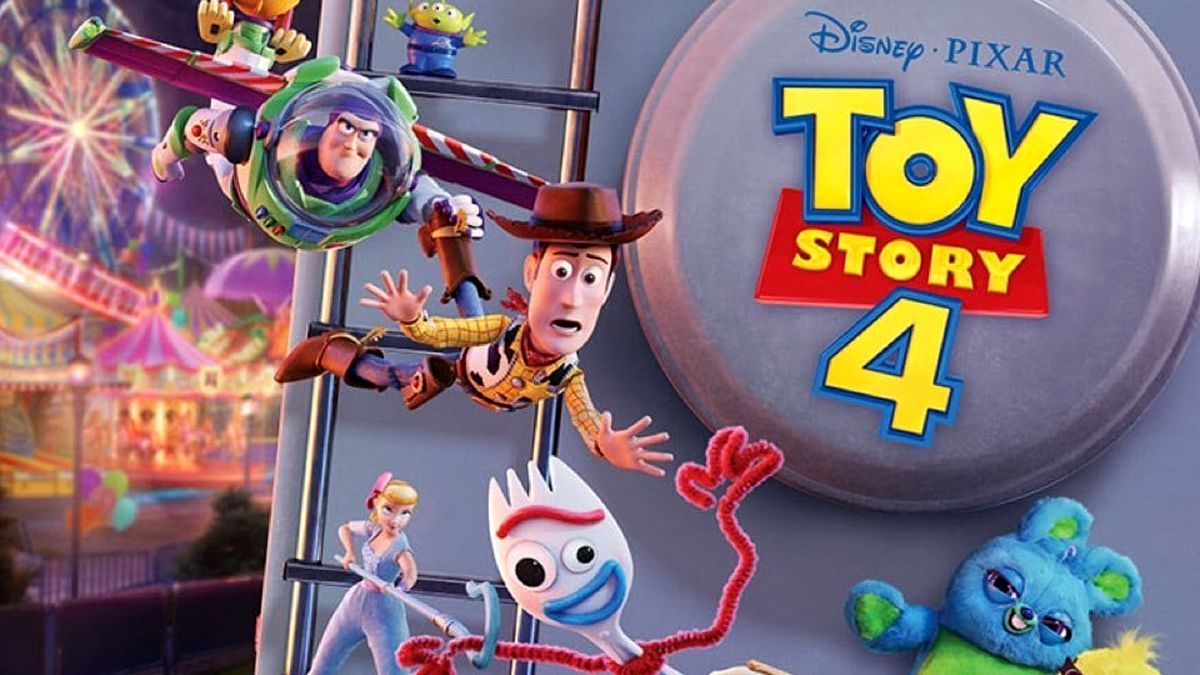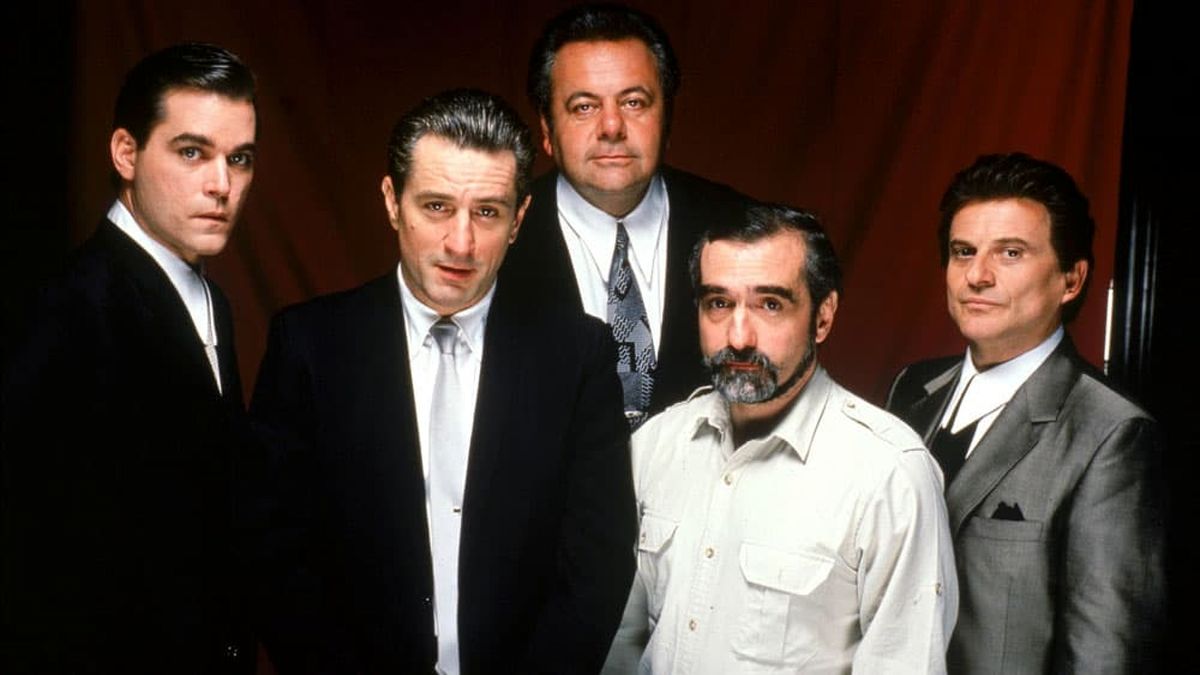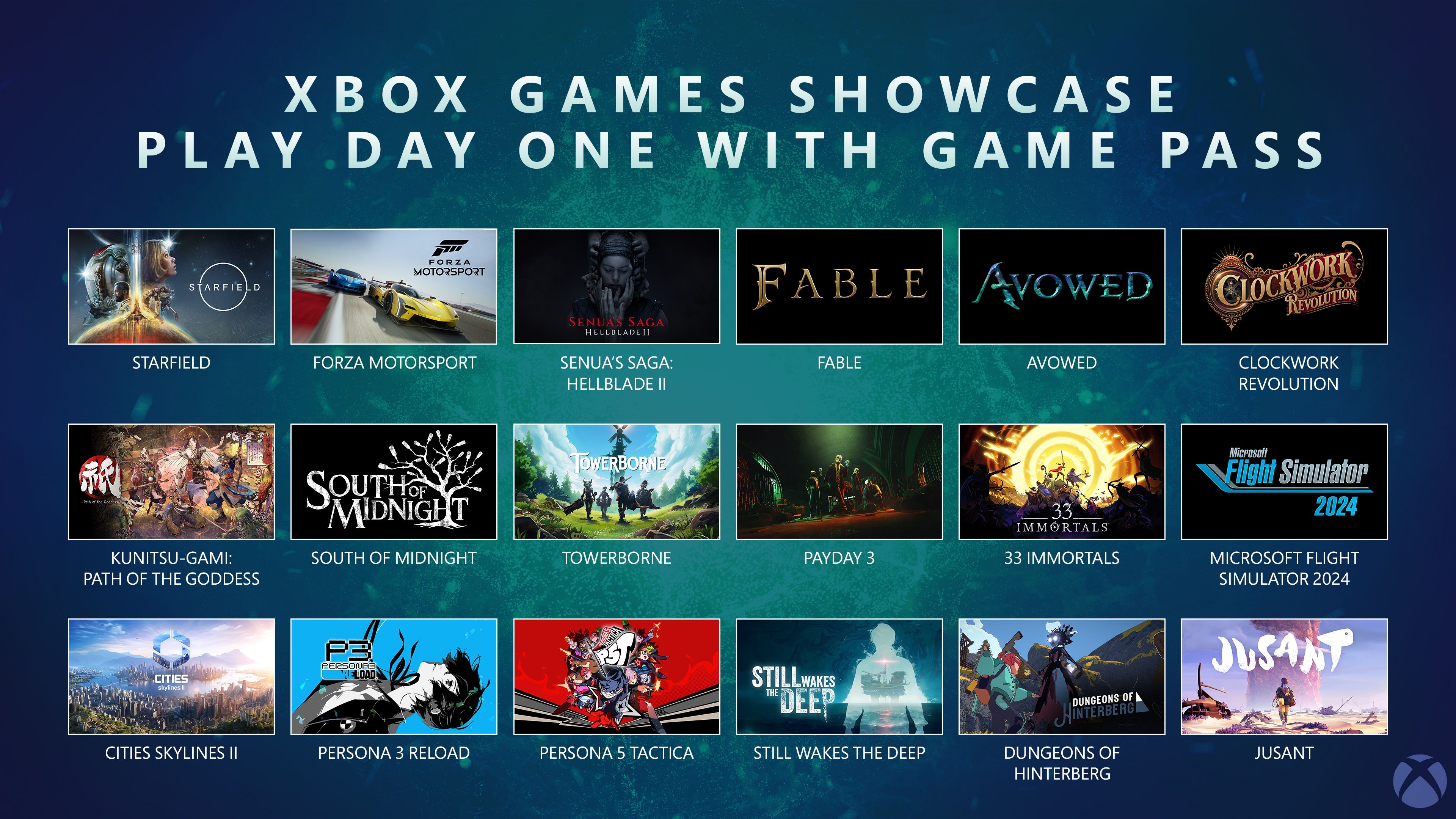
For decades, a “video game curse” cast a long shadow over Hollywood, turning adaptations of beloved digital worlds into critical and commercial disappointments. The challenge of translating interactive storytelling to passive viewing seemed insurmountable, leaving both gamers and critics consistently underwhelmed. Yet, in a remarkable reversal, this curse has been decisively broken, ushering in a new golden age for video game adaptations.
This isn’t just a fleeting trend; it’s a fundamental shift in Hollywood’s approach. The recent surge in successful adaptations, particularly those embracing the episodic nature of television and streaming, highlights a deeper understanding of these stories’ resonance. Studios now view intellectual property not merely as a source for quick cash, but as rich narrative universes that can thrive across mediums, often bypassing traditional theatrical releases entirely in favor of direct-to-audience streaming models.
As we explore this transformative era, we’ll examine pivotal adaptations that have redefined expectations, shattered box office records, and, crucially, proved that with strategic vision and a symbiotic relationship between game developers and filmmakers, video games offer the “rocket fuel” Hollywood has long sought. This journey reveals not just a string of hits, but a strategic evolution in how massive, engaged fanbases are now being honored and expanded.
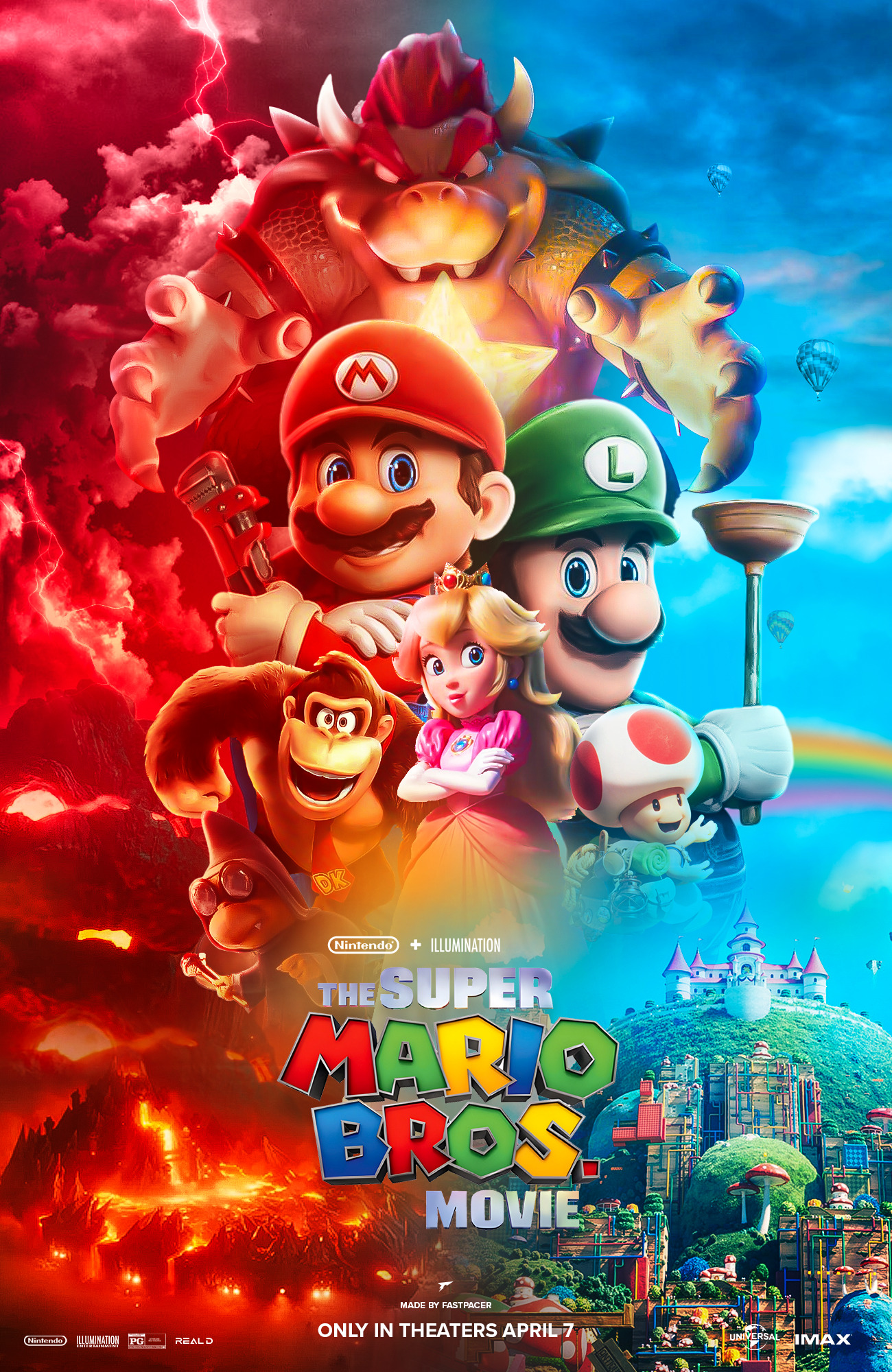
1. **The Super Mario Bros. Movie: Shattering Records and Proving IP Power**Universal’s “The Super Mario Bros. Movie,” released in April 2023, marked an undeniable milestone, not just as a commercial success, but a phenomenon. It shattered box office records for the genre, generating $574 million domestically and an astonishing $1.3 billion globally, making it the first and only film of its kind to achieve such a feat. This monumental financial triumph underscored the immense untapped potential of highly recognizable video game intellectual property.
The film proved audiences, especially generations who grew up with Mario, were eager for their characters on the big screen, often despite critical consensus. While reviews were notably lukewarm (59% on Rotten Tomatoes), audience scores soared to 95%. This divergence highlighted a critical point for Hollywood: fan engagement and brand loyalty can, in certain cases, outweigh traditional critical metrics, particularly for cherished, long-standing franchises.
“The Super Mario Bros. Movie” provided a powerful blueprint for other studios. It validated investing heavily in established game IPs and focusing on experiences resonating directly with the fanbase. Its ability to draw massive crowds demonstrated that video game adaptations could be tentpole releases, forever changing perceptions of their commercial viability and setting an extraordinarily high bar.
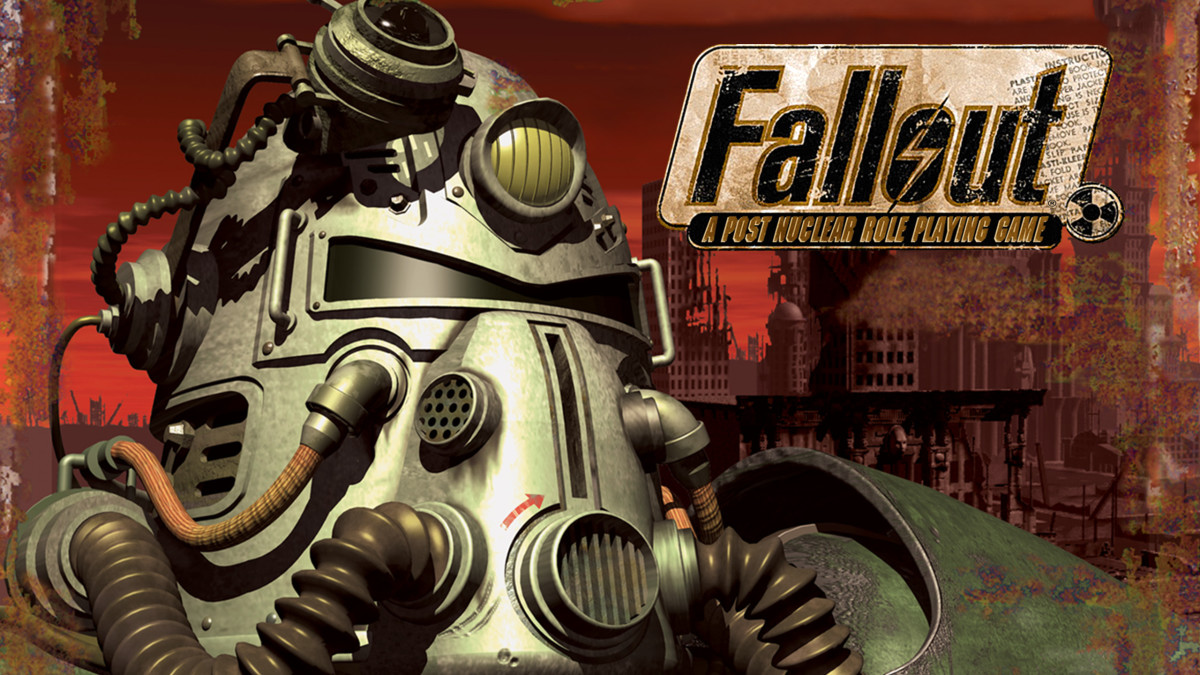
2. **Fallout (TV Series): An IP Expansion Masterclass with Unprecedented Player Growth**Amazon Prime Video’s “Fallout” streaming series stands as a definitive testament to television adaptations’ power to expand beloved game universes. Rather than retelling an existing story, the team crafted an entirely new narrative within the game’s darkly comic, retro-futuristic, post-apocalyptic world. This approach, as pop culture expert Steve Granelli noted, allowed fans to see their “fandom expanded,” moving beyond mere distillation.
The impact on the original game franchise was staggering. Ampere Analysis reported an astronomical 490 percent increase in the game franchise’s monthly active users (MAUs) following the series. This figure far surpassed typical game-based activations like DLC updates, which averaged only 17 percent MAU growth previously. The series truly acted as “rocket fuel for player numbers,” showcasing a potent two-way relationship between screen adaptation and original material.
Crucially, “Fallout” leveraged “backwards-compatible marketing,” drawing millions of new players. A remarkable 80 percent of 14 million newly activated “Fallout” players were engaging with the game(s) for the very first time. This demonstrates how a high-quality streaming series can not only energize existing fanbases but convert non-gamers into dedicated players, underscoring the profound commercial and cultural resonance streaming adaptations achieve, often without a cinema screen.
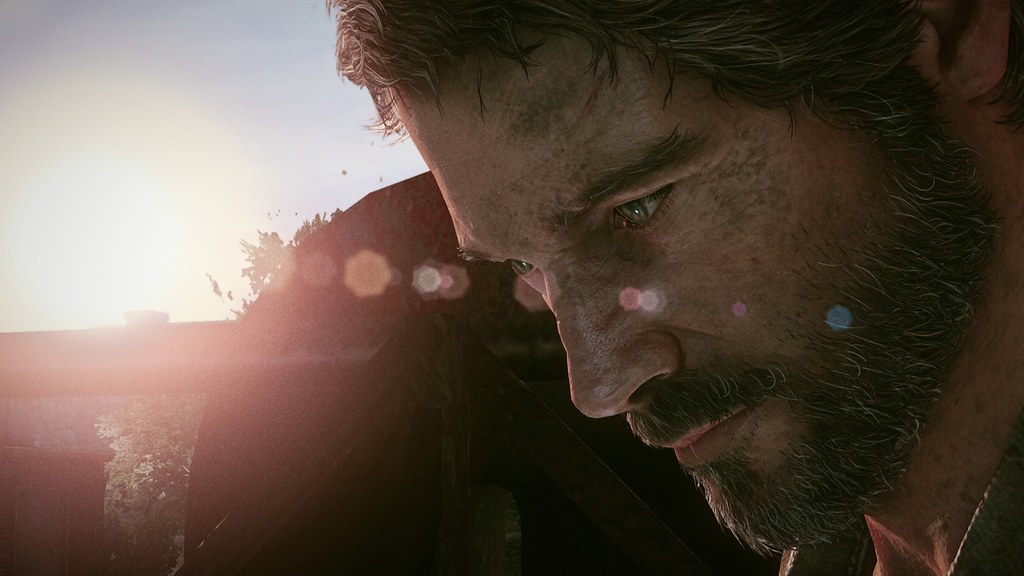
3. **The Last of Us (TV Series): Elevating Game Adaptations to Prestige Drama**HBO’s Emmy-winning adaptation of Naughty Dog’s “The Last of Us” is a monumental achievement, acclaimed as both a faithful rendition and a prestige drama. The series exemplified television’s potential for video game narratives, allowing creators to “take your time” and “involve some of the nuance” often impossible in a film. This long-form format also provided freedom to explore characters and stories beyond the game’s direct plot.
A standout example was the episode devoted to Bill and Frank, minor game characters. Showrunners, including game writer Neil Druckmann, expanded their brief presence into an entire critically praised episode. This signified a crucial shift: adaptations weren’t just about replicating gameplay, but leveraging TV’s strengths – wider perspectives and dialogue focus – to enrich the IP.
The series significantly boosted game engagement, increasing franchise engagement by an average of 150 percent and attracting over four million new players across its two seasons, according to Ampere Analysis. While remastered game releases also helped, the TV series was the most potent catalyst, cementing its role as a benchmark for how emotionally resonant game stories successfully transition to streaming, captivating both long-time fans and newcomers.

4. **Sonic the Hedgehog Franchise: Building a Multi-Platform Entertainment Empire**Paramount’s “Sonic the Hedgehog” franchise emerged as another pivotal success, proving the viability of a multi-platform entertainment empire from beloved game IP. The first film, released pre-pandemic, defied expectations with a 64% “fresh” Rotten Tomatoes rating and earned $144 million domestically and $319 million globally. This success clearly indicated audience readiness for well-made adaptations.
Enthusiastic turnout paved the way for expansion. The franchise produced two more theatrical “Sonic” films and a successful spin-off streaming show, “Knuckles.” This strategic spread across cinematic and streaming platforms allowed deeper character arcs and exploration of Sonic’s world in various formats, appealing to a broad audience segment.
Cumulatively, the “Sonic the Hedgehog” franchise has generated over $1 billion globally since 2019, with a fourth film due in 2027. This sustained success underscores the importance of treating game characters with “real emotional arcs, and real emotional stories where you could relate to them,” as producer Toby Ascher stated. By prioritizing character development, the franchise created a thriving, interconnected universe.

5. **Pokémon Detective Pikachu: The Early Breakthrough Signaling a Shift**Before “The Super Mario Bros. Movie” dominated, Warner Bros.’ “Pokémon Detective Pikachu” in 2019 was a crucial early breakthrough, signaling a definitive shift in video game adaptations. It was a financial success, earning $144 million domestically and $433.5 million globally, then the second-highest game adaptation. More importantly, it achieved a 68% “fresh” rating on Rotten Tomatoes, an unprecedented feat for the genre.
For decades, no video game-based film between 1993 and 2018 secured a “fresh” rating. This critical validation was monumental, dismantling the perception that game movies were inherently flawed. The film proved it was possible to craft both a commercially appealing and critically respected movie, demonstrating that the “curse” was surmountable with the right approach.
“Pokémon Detective Pikachu” succeeded by translating the vibrant Pokémon world into a compelling live-action mystery, engaging both die-hard fans and general audiences. Its success provided tangible evidence of a turning tide, prompting other studios to re-evaluate their adaptation strategies. It set a new benchmark for quality and potential, paving the way for the subsequent wave of successful adaptations and becoming a crucial turning point.

6. **A Minecraft Movie: Enduring IP Power and Audience Loyalty**Warner Bros. and Legendary Entertainment’s “A Minecraft Movie,” released in 2025, further underscored the immense, enduring power of established video game intellectual property. It garnered impressive box office figures, topping $423 million in the U.S. and Canada and $957 million globally. This success powerfully reinforced the genre’s capacity to attract significant crowds, especially younger demographics, affirming its substantial commercial force.
Like “The Super Mario Bros. Movie,” “A Minecraft Movie” exhibited a distinct split between critical (48% “splat” on Rotten Tomatoes) and audience (85%) reception. This pattern highlights the unique loyalty and engagement game adaptations command from their fanbases, demonstrating that a deep connection to source material can translate into robust box office performance, even without universal critical acclaim.
TD Cowen analyst Doug Creutz noted the film’s timely impact, stating, “‘Minecraft’ really helped at the time of the year, April, when it’s usually a little quieter.” This illustrates how major video game adaptations can strategically fill seasonal voids in the release calendar, acting as a reliable draw. The film solidified the genre’s new, elevated standing in Hollywood, emphasizing that an authentic connection with a game’s community yields substantial dividends.

7. **Devil May Cry (TV Anime): Proving Niche Streaming’s Impact on Player Engagement**Beyond blockbusters, Netflix’s anime adaptation of “Devil May Cry” revealed another crucial aspect of the new adaptation paradigm: niche streaming content significantly boosts game engagement. Though not a breakout hit (peaking 58th among TV shows), its influence on the game’s player base was remarkably potent, illustrating the diverse impacts across the gaming ecosystem.
The “Devil May Cry” series generated an “eye-popping” 358 percent increase in players compared to the prior month, according to Ampere Analysis. While the games weren’t topping raw player numbers recently, this surge shows how a well-received, even less mainstream, streaming adaptation can re-ignite interest in a long-standing franchise. It serves as a powerful marketing tool, drawing lapsed players and curious newcomers back to the original interactive experience.
This example reinforces that hit TV adaptations act as “rocket fuel for player numbers,” with an average growth of nearly 140 percent (and +203 percent for TV specifically). “Devil May Cry” underscores that the scale of an adaptation’s cultural footprint doesn’t always dictate its impact on game engagement, proving the broad utility of the streaming model for invigorating game communities across various genres.
Having witnessed the monumental shift where video game adaptations have not only broken the long-standing Hollywood curse but have actively become “rocket fuel” for both cinema and gaming, it’s clear we’re just at the beginning of this exciting era. The strategic pivot towards understanding and expanding beloved intellectual properties, often leveraging episodic streaming in favor of traditional theatrical exclusivity, has unlocked unprecedented potential for IP expansion. Now, we turn our attention to the next wave – a crucial lineup of projects poised to further define the multi-platform future of video game entertainment, analyzing their strategic roles in this evolving landscape and the growing importance of streaming-first approaches. This next phase illustrates Hollywood’s deepening commitment to tapping into gaming’s “virtual treasure trove of beloved brands, characters, situations, and stories.”
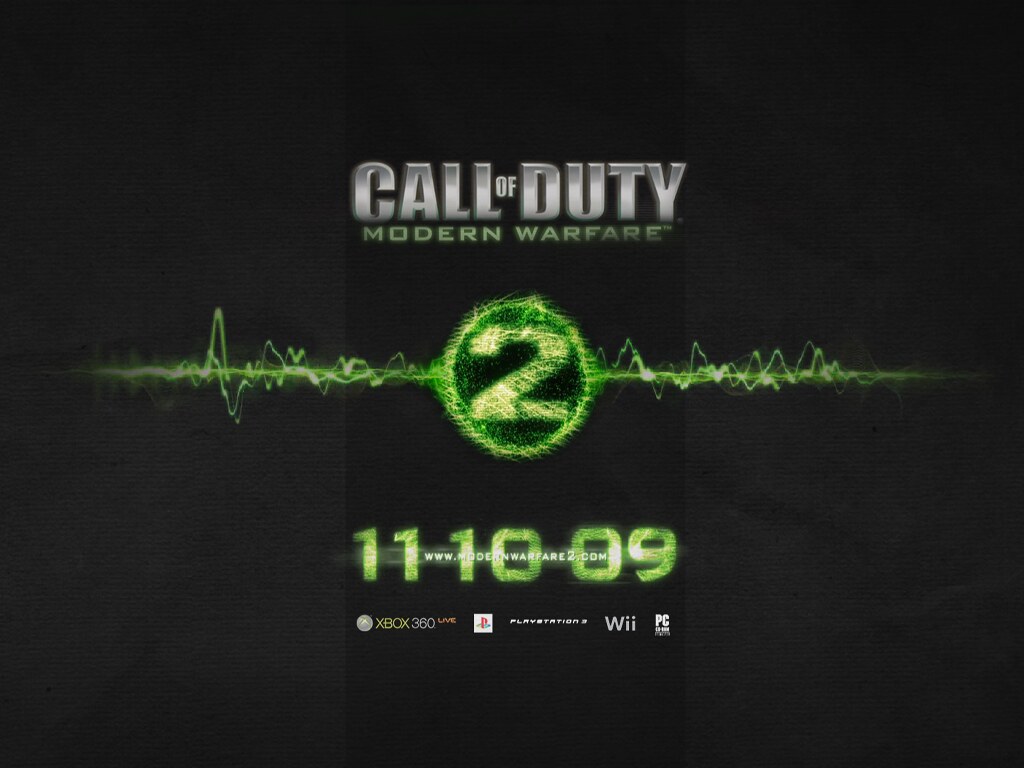
8. **Call of Duty (Live-Action Movie): Expanding a Global Franchise**Paramount’s announcement to develop a live-action Call of Duty movie signals a significant move for one of the most recognized and played franchises globally. This strategic decision highlights Hollywood’s continued embrace of established gaming IP, recognizing the immense, engaged fanbase that Call of Duty commands across multiple generations of players. The sheer scale and popularity of the game series suggest that any adaptation carries substantial commercial weight.
The context reveals that Paramount’s Chairman and CEO David Ellison is a “lifelong fan of Call of Duty,” underscoring the passion driving these projects. This personal connection, shared by many involved in current adaptations, is a stark contrast to the “predatory model” of the past. It suggests a deeper commitment to understanding the source material and crafting a narrative that truly resonates with the core audience.
While specific details about its release strategy are yet to be fully disclosed, the development of a major film based on such an action-oriented franchise illustrates the diverse avenues studios are now pursuing. Whether it takes a theatrical path or eventually finds a robust home on streaming, its existence reaffirms the belief that video games provide “rocket fuel” for entertainment, capable of drawing massive audiences and perhaps acting as a replacement for other genres.
The potential for Call of Duty to extend its narrative universe beyond the interactive format is immense, appealing to its vast player base and potentially drawing new viewers into its high-stakes, military-themed world. This adaptation represents not just a movie, but another pillar in the overarching strategy to build multi-platform entertainment empires from beloved game IP, much like the successful Sonic franchise has achieved.

9. **Street Fighter (Latest Adaptation): Revitalizing a Fighting Game Icon**Accompanying the Call of Duty announcement, Paramount also secured a distribution deal for the latest Street Fighter adaptation, marking another iconic fighting game franchise’s return to the screen. This move demonstrates Hollywood’s willingness to revisit and re-imagine classic video game properties, leveraging improved storytelling techniques and a deeper understanding of fan expectations cultivated in this new era of adaptations.
The challenge with fighting games, as pop culture expert Steve Granelli noted, is often their limited narrative in early iterations. However, modern adaptations are finding ways to overcome this, focusing on “real emotional arcs, and real emotional stories” even for characters initially defined by combat mechanics. A Street Fighter adaptation can delve into the rich lore and diverse character backstories that have evolved over decades of games.
Its distribution by Paramount, a major studio, positions this adaptation to reach a broad audience. While the format (film or series) isn’t specified, the trend of successful adaptations leaning into streaming’s longer-form storytelling offers intriguing possibilities. A serialized approach could allow for in-depth exploration of individual fighters’ journeys and the overarching mythology of the Street Fighter universe, a critical factor for success.
This project reinforces the idea that even older, less narratively complex IPs from the “video game curse” era can be revitalized with the right creative vision and strategic platform choice. By learning from past missteps and embracing a more “symbiotic relationship” between game developers and filmmakers, Street Fighter has the opportunity to once again capture the imagination of its global fanbase and introduce its dynamic world to a new generation.
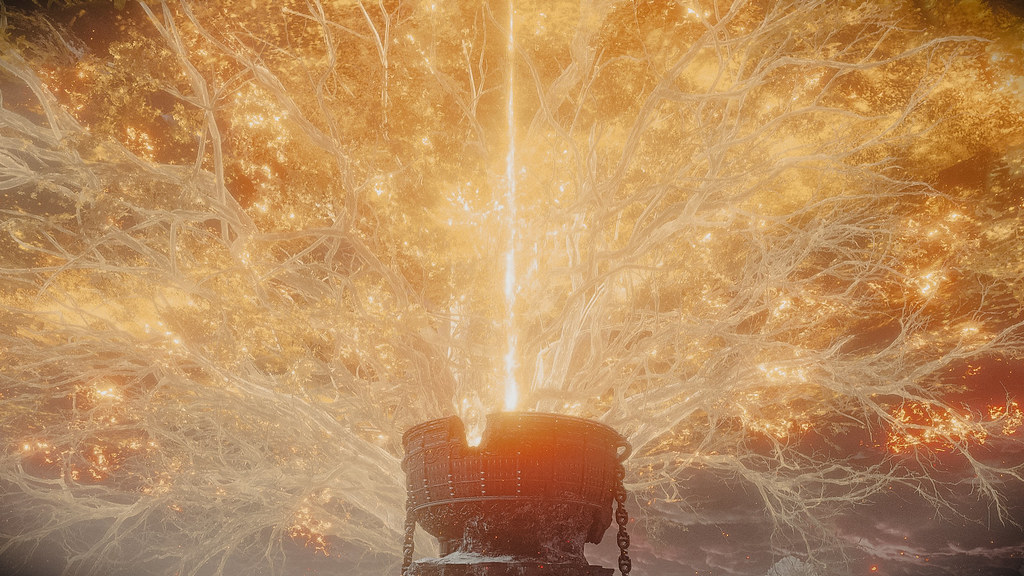
10. **Elden Ring (Upcoming Feature): Translating Epic Lore to the Big Screen**Among the “development docket” for upcoming features, “Elden Ring” stands out as a more recent and critically acclaimed phenomenon in the gaming world. Its inclusion signifies Hollywood’s growing appetite for adapting complex, expansive, and high-fantasy narratives that have captivated millions of players globally, proving the genre’s new elevation beyond just nostalgia-driven projects.
Elden Ring’s immersive open world, challenging gameplay, and cryptic yet profound lore present both an opportunity and a significant creative hurdle for an adaptation. The game’s success heavily relies on player exploration and discovery, elements that need careful translation to a passive viewing experience. However, this challenge mirrors how other narrative-rich games like “The Last of Us” have successfully leveraged television’s ability to “take your time” with nuance.
The potential for a feature film, if it maintains the game’s distinctive aesthetic and tone, is immense. It could draw upon the game’s deep mythology, crafted by Hidetaka Miyazaki and George R.R. Martin, to deliver a visually stunning and narratively compelling cinematic experience. This aligns with the industry’s shift to viewing game IP not just as cash grabs, but as “rich narrative universes” ripe for multi-medium expansion.
Given the game’s reputation for environmental storytelling and challenging boss encounters, an “Elden Ring” film would need to focus on character development and world-building that resonates with both existing fans and newcomers. This adaptation represents a test case for translating modern, player-driven epics into a format that can capture the same sense of awe and discovery, potentially setting new benchmarks for high-fantasy video game cinema.

11. **The Legend of Zelda (Upcoming Feature): Honoring a Beloved Nintendo Icon**The announcement of an upcoming feature film based on “The Legend of Zelda” is arguably one of the most anticipated projects on Hollywood’s development docket, given the franchise’s legendary status and multi-generational appeal. This adaptation underscores the studios’ commitment to tapping into the deepest reservoirs of gaming intellectual property, promising to bring Hyrule’s timeless adventures to a global cinematic audience.
The Zelda series, known for its iconic characters, intricate puzzles, and sweeping adventures, presents a narrative challenge similar to “The Super Mario Bros. Movie” in balancing faithfulness to the source material with broad audience appeal. The immense success of “Mario” has undoubtedly emboldened studios to approach other Nintendo IPs with renewed confidence, leveraging their universal recognition to drive box office success.
Unlike earlier, narrative-light game adaptations, modern Zelda games often feature rich storylines and emotional depth. This provides a strong foundation for a cinematic narrative that can explore Link’s heroics, Zelda’s wisdom, and Ganon’s enduring threat with the visual grandeur and emotional resonance that a feature film can offer. The key will be maintaining the spirit of exploration and discovery central to the games.
This project embodies the “untapped potential” that video games offer to lure in younger viewers and replace inconsistent performances from other genres, as noted by analysts. A well-executed Zelda film could become a tentpole release, appealing to both the millions who grew up with the games and new generations, further solidifying video game adaptations as a core pillar of Hollywood’s future success across all platforms.

12. **Tomb Raider (TV Treatment): A New Chapter for an Action Heroine on Streaming**Among the “television side” projects, a “Tomb Raider” TV treatment is explicitly “in the works,” signaling a strategic pivot for the iconic action-adventure franchise towards the streaming model. This move highlights the growing recognition of television’s capacity to delve deeper into character and lore, offering a more nuanced and expansive portrayal of Lara Croft than typically afforded by feature films.
The context confirms that successful TV adaptations, like “Fallout” and “The Last of Us,” allow creators to “take your time” and “involve some of the nuance” often impossible in a traditional 90-minute film. For a character with as much history and evolution as Lara Croft, a series format provides ample opportunity to explore her origins, her psychological depth, and her global archaeological adventures without the constraints of collapsing narratives.
This streaming-first approach aligns perfectly with the observation that television adaptations drive significantly higher player growth for the original games (+203% on average for TV, compared to +48% for movies). A high-quality Tomb Raider series on a major streaming platform could not only re-energize the existing fanbase but also attract new players to the game franchise, demonstrating the powerful “backwards-compatible marketing” effect.
“Tomb Raider” represents a valuable IP that has seen varied success in its cinematic iterations. By embracing the long-form storytelling possibilities of streaming, Hollywood aims to “crack the code” for this franchise, combining the right creators with the appropriate medium. This strategic choice underscores the shift towards leveraging IP to tell stories that truly expand the fandom, rather than merely distilling it, for a character ripe for renewed exploration.

13. **God of War (TV Treatment): Bringing Mythic Scale to the Small Screen**Another highly anticipated “TV treatment” “in the works” is for “God of War,” a franchise celebrated for its epic mythic narratives, visceral combat, and deeply emotional character arcs. This commitment to a streaming series demonstrates Hollywood’s confidence in translating sophisticated, story-driven gaming experiences directly to television, bypassing theatrical releases to maximize narrative depth.
The inherent strengths of a TV series—the ability to “take your time” and explore characters and stories beyond the game’s direct plot—are perfectly suited for God of War. The games, particularly the more recent entries, are known for their cinematic storytelling, complex father-son dynamics, and detailed mythological world-building, which can truly flourish over multiple episodes and seasons.
As observed with “The Last of Us,” where showrunners expanded minor characters into critically acclaimed episodes, a God of War series could offer new perspectives on Kratos’s journey, explore the Norse realms in greater detail, or introduce new characters and conflicts. This allows the adaptation to enrich the IP rather than just replicate it, fostering an expanded fandom.
The success of streaming series in driving player engagement, highlighted by the “Fallout” example (490% increase in MAUs), makes a “God of War” TV adaptation a powerful tool for invigorating the game franchise. It could draw millions of new players, including those unfamiliar with Kratos’s sagas, into the original interactive experiences, proving the strategic value of streaming as a primary platform for expanding major gaming intellectual property.
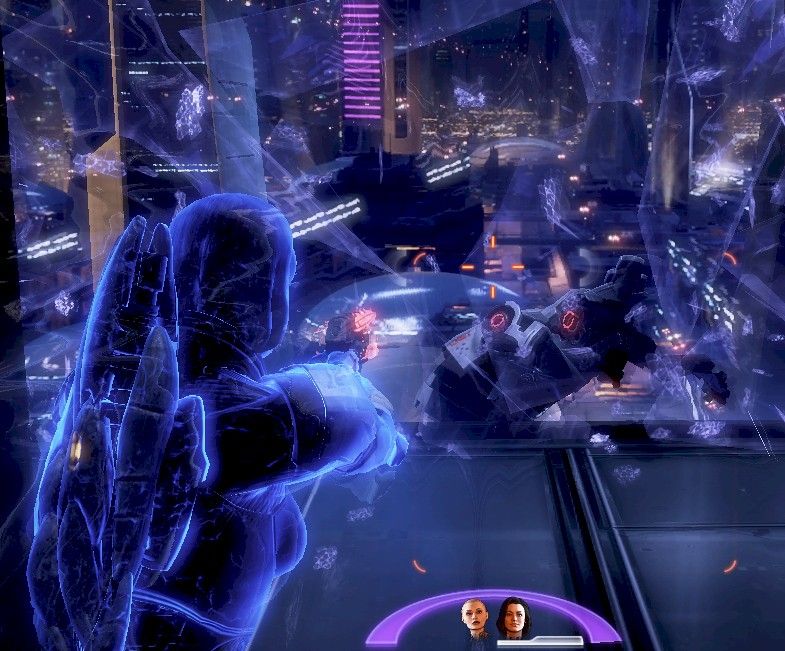
14. **Mass Effect (TV Treatment): Charting a Course for Sci-Fi Epic on Streaming**The “Mass Effect” franchise, known for its sprawling sci-fi universe, intricate character relationships, and player-driven moral choices, is also among the “television side” projects “in the works.” This forthcoming TV treatment signifies Hollywood’s ambition to bring vast, decision-heavy gaming narratives to streaming, leveraging the medium’s capacity for complex world-building and long-form character development.
Translating Mass Effect’s player-choice driven narrative to a linear series presents a unique creative challenge. However, the success of adaptations like “Fallout,” which crafted an entirely new narrative within an existing game world, offers a viable blueprint. A Mass Effect series could explore untold stories within its rich universe, focusing on new characters or expanding on the backstories of beloved companions, without invalidating player choices from the games.
The episodic nature of television is particularly advantageous for a franchise of Mass Effect’s scope, allowing for the slow burn of political intrigue, deep dives into alien cultures, and the development of a large ensemble cast. This aligns with the expert opinion that longer formats are crucial for involving “some of the nuance” and avoiding the “forced to cut out or collapse characters” problem of film.
This television adaptation of Mass Effect reinforces the trend of studios viewing game IPs as comprehensive narrative universes capable of thriving across various mediums. By prioritizing a streaming treatment, the project aims to capitalize on the proven ability of TV adaptations to act as “rocket fuel” for player numbers, drawing both loyal fans and new audiences into the compelling cosmic opera of Mass Effect. The future of gaming IP on screen clearly embraces the expansive possibilities of streaming-first strategies.
As we’ve journeyed through this remarkable era of video game adaptations, from record-breaking blockbusters to critically acclaimed streaming sagas and exciting projects on the horizon, it’s abundantly clear that the “video game curse” is not merely broken—it has been utterly shattered. Hollywood, in a true leveling-up moment, has finally learned to harness the “rocket fuel” of gaming IP, transforming beloved digital worlds into multi-platform entertainment juggernauts. The symbiotic relationship between game developers and filmmakers, prioritizing authentic storytelling and strategic medium choices, has unleashed a torrent of compelling narratives, proving that the immersive experiences we cherish in games can indeed thrive on screen. With a seemingly endless “virtual treasure trove of beloved brands, characters, situations, and stories” awaiting adaptation, the future of entertainment promises more thrilling adventures, deeper emotional arcs, and an ever-expanding universe where games and screens are intrinsically linked, continuously pushing the boundaries of what’s possible. The game, it seems, has truly changed.

